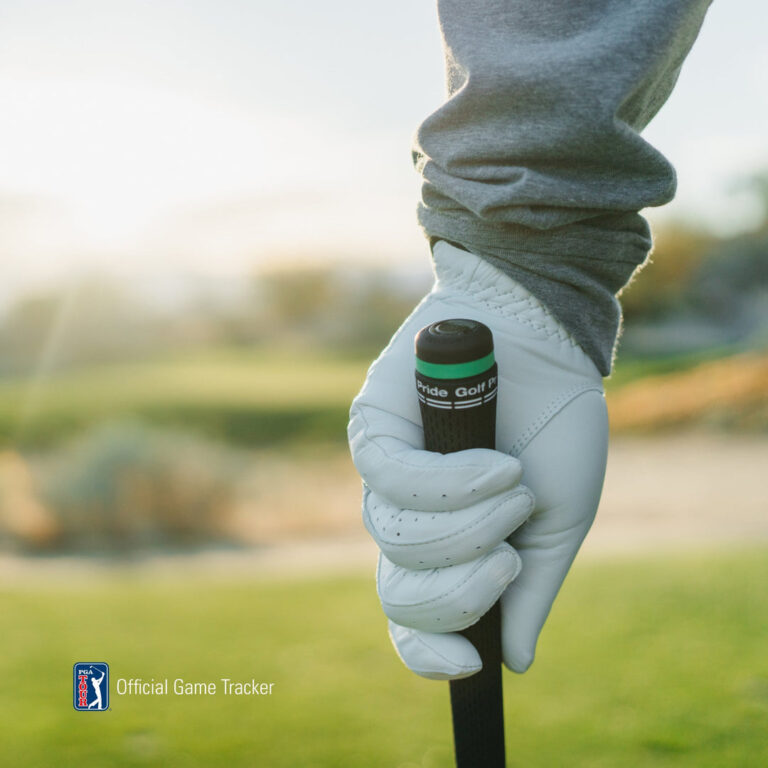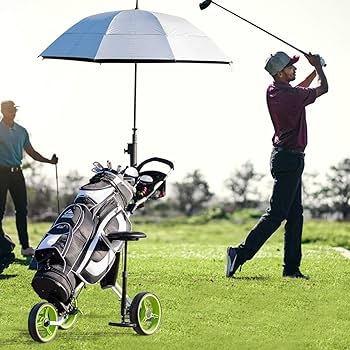A Club Car Solenoid Not Clicking indicates a potential issue with the electrical connection or the solenoid itself. This malfunction can prevent the golf cart from starting or operating properly.
Troubleshooting a silent solenoid in your Club Car starts by understanding its role in the cart’s electrical system. Serving as a type of switch, the solenoid activates the main electrical circuit needed for the cart to run. When this component fails, the cart is rendered inoperable, making it crucial for your Club Car’s performance.
Recognizing this symptom quickly can save time and prevent further damage. Ensuring the solenoid is operating correctly involves checking battery connections, verifying the integrity of the wires, and testing the solenoid’s continuity. Addressing these issues promptly ensures your Club Car remains reliable and ready for use on the course or around your property.
Recognize The Symptoms
Club Car solenoids are essential for the smooth operation of golf carts, serving as the electrical switch responsible for connecting the battery to the starter. A silent solenoid often indicates a failure to establish this critical connection, subsequently preventing the golf cart from starting.
The absence of the characteristic clicking sound when the ignition is engaged is a telltale sign of solenoid trouble. This symptom requires immediate attention as it suggests the electrical current is not passing through the solenoid to the cart’s motor.
Owners may also experience a scenario where the golf cart fails to move. This can be linked to solenoid issues where there is a lack of power transmission, rendering the vehicle immobile despite attempts to start.
Intermittent cart operation could be another manifestation of solenoid problems, where the cart unpredictably starts and stops. This erratic behavior is often a result of a defective or failing solenoid, which sporadically completes the electrical circuit necessary for motor function.
Basics Before Troubleshooting
Verifying the battery voltage is a crucial initial step in the troubleshooting process. Ensure the battery is fully charged and delivering the necessary power for your Club Car to operate effectively. A multimeter can be used to measure the exact voltage level; typically, a healthy battery should exhibit a reading close to 36 or 48 volts, depending on the specific model of your Club Car.
Inspecting wiring connections is essential for identifying any loose, corroded, or damaged wires. A meticulous examination of these connections can help avert power delivery issues to the solenoid, ensuring that electrical currents are flowing correctly to start the vehicle.
Lastly, it’s imperative to confirm the functionality of the key switch. This switch initiates the electrical circuit that signals the solenoid to activate. If the key switch is defective, the solenoid will not engage, and consequently, the clicking sound that indicates a working solenoid will be absent.
Investigate Solenoid Issues
Troubleshooting a Club Car solenoid requires pinpointing its exact location within the golf cart. Typically, the solenoid is found attached to the cart’s main electrical panel, which is usually under the seat or behind a compartment beneath the dashboard. Familiarize yourself with the component’s appearance: a small, cylindrical device with two or four terminals.
To assess the solenoid’s functionality, conducting a continuity test is crucial. Use a multimeter to check for uninterrupted electrical flow between the solenoid’s large terminals. No continuity indicates a faulty solenoid in need of replacement. Consistent electrical presence signifies the component is intact, possibly directing attention to other electrical issues.
Paying attention to sound is also vital. During activation, a healthy solenoid will emit a distinct clicking noise. Silence from the solenoid during operation can suggest inadequate voltage, improper grounding, or complete failure. These steps guide the diagnosis prior to considering expert intervention or part replacement.
Common Faults And Fixes
Corroded terminal connections often lead to the Club Car solenoid not clicking. Regular inspection and maintenance are essential to ensure these connections stay clean and secure. Use a wire brush or sandpaper to remove any corrosion and apply a dielectric grease to prevent future build-up.
Failure of the solenoid coil can be another culprit behind solenoid issues. A malfunctioning coil won’t function properly, leading to a lack of the signature clicking sound when trying to start the vehicle. Testing the solenoid with a multimeter can help determine if the coil is the problem. A reading outside the normal resistance range indicates it’s time for a replacement.
Replacing a defective solenoid is a straightforward process for those familiar with basic Club Car maintenance. Ensure all power is disconnected before beginning. Remove the old solenoid, taking note of the wire placements, and attach the new solenoid accordingly. Double-check all connections and wire routing to prevent future electrical issues. Replacing a faulty solenoid can restore the satisfying click and proper function to your Club Car.
Beyond The Solenoid
Examining your Club Car golf cart and notice the solenoid isn’t clicking? The issue might extend beyond the solenoid itself. Start with the microswitches; these small but crucial components can cause significant problems if they malfunction. Perform a continuity test using a multimeter. Ensure the microswitches actuate properly and that there is continuity when they are engaged.
Next, scrutinize the forward/reverse switch. This switch is fundamental in directing the electrical current to the motor. Corrosion or loose connections can lead to failure. Look for signs of wear or damage, ensuring all connections are secure and free from corrosion.
Lastly, check the controller output. The controller modulates the power sent to the motor, playing a pivotal role in the cart’s function. A faltering controller might not send the required signal to the solenoid. Using diagnostic tools, verify that the controller is delivering the correct voltage levels to the solenoid. Faulty output from the controller can prevent the solenoid from engaging.

Credit: www.amazon.com
Professional Help Or Diy
Understanding the intricacies of a Club Car solenoid can be complex. Seeking professional assistance is recommended if individuals are unfamiliar with the vehicle’s electrical system. Alternatively, those with a firm grasp of automotive mechanics and experience with electrical components may opt for DIY repairs.
DIY enthusiasts should prepare by collecting the necessary tools. Essential items include a multimeter for testing the solenoid, wrench set, wire brushes, and replacement solenoid if needed. These tools will ensure a thorough and precise approach to troubleshooting and fixing the solenoid.
Executing a self-repair necessitates strict adherence to safety precautions. Initiating this process entails disconnecting the battery to prevent shocks and wearing protective gear such as gloves and safety goggles. It is paramount to comprehend the Club Car’s wiring diagram to accurately identify and rectify any solenoid issues.
Frequently Asked Questions Of Club Car Solenoid Not Clicking
Why Is My Club Car Solenoid Not Clicking?
A solenoid that doesn’t click usually indicates a lack of electrical current. This can stem from dead batteries, loose wires, or a faulty solenoid itself. Always check the battery charge first, then inspect the wiring before replacing the solenoid.
Can A Bad Solenoid Drain Club Car Battery?
Yes, a faulty solenoid can cause battery drain. If the solenoid sticks in the “on” position, it creates a continuous electrical path. This can drain the battery even when the cart is not in use.
How Do I Test My Club Car Solenoid?
To test a Club Car solenoid, use a multimeter. Set it to the continuity setting and place probes on the large terminals. If there’s no beep or continuity, the solenoid may be defective. Ensure the cart is off and safety precautions are taken.
What Causes A Golf Cart Solenoid To Fail?
Solenoids fail due to various reasons like corrosion, electrical overload, or mechanical failure. Regular wear and tear over time is also a common cause. Good maintenance can help prevent premature solenoid failure.
Conclusion
Troubleshooting a Club Car solenoid doesn’t need to be daunting. Remember, hearing no click indicates a potential issue. Regular maintenance and prompt attention to unusual signs can avert costly repairs. Should challenges persist, seeking professional help is wise. Drive safely, and enjoy a fully functional golf cart ready for the greens.





